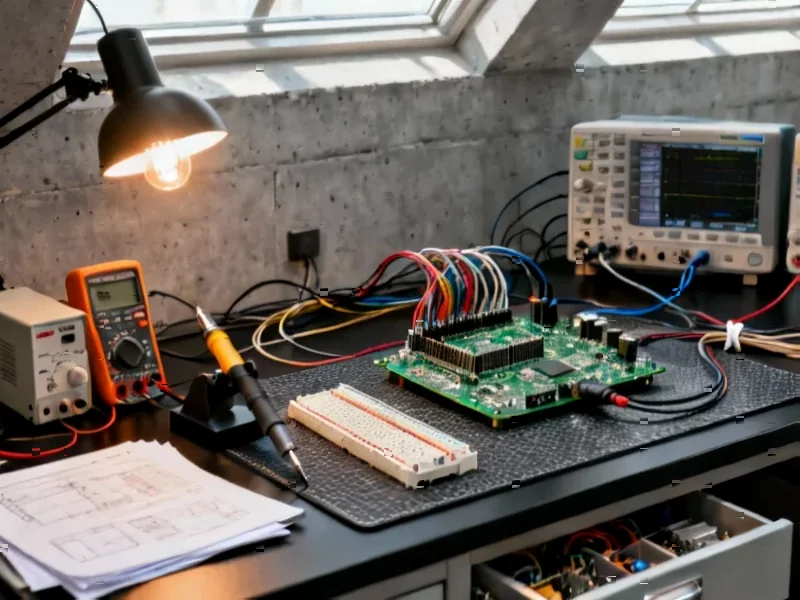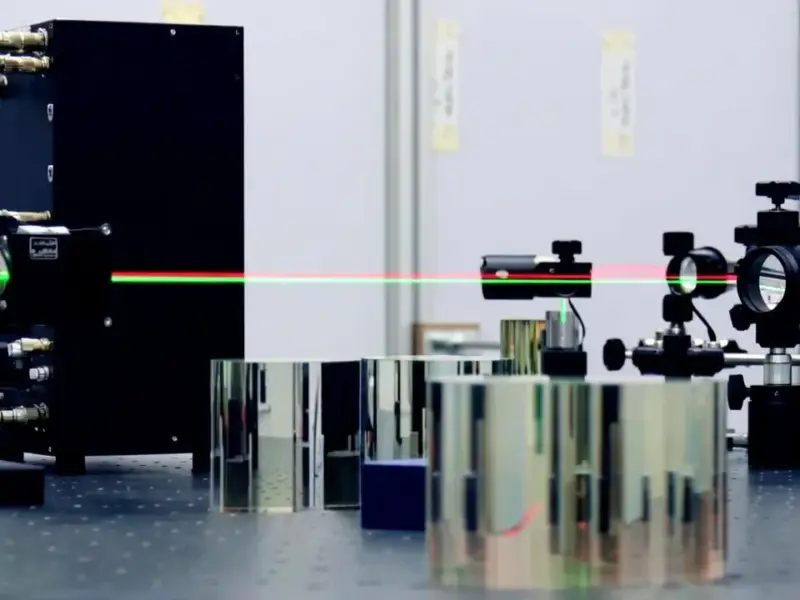According to SciTechDaily, researchers at BESSY II have successfully demonstrated for the first time that a material can exhibit truly one-dimensional electronic properties. The team studied tiny chains of phosphorus atoms that naturally arrange themselves at specific 120-degree angles on a silver surface, using advanced analytical methods to separate signals from chains oriented in different directions. Dr. Andrei Varykhalov’s team first produced these phosphorus chains using a cryogenic scanning tunneling microscope, then investigated the electronic structure using angle-resolved photoelectron spectroscopy at BESSY II. The breakthrough analysis by Dr. Maxim Krivenkov and Dr. Maryam Sajedi confirmed that each phosphorus chain behaves as a genuine one-dimensional electronic system, with calculations predicting a phase transition from semiconductor to metal when chains are brought closer together.
What makes this actually different
Here’s the thing about one-dimensional materials – we’ve been able to make things that look one-dimensional for a while. You can create atom chains that appear linear to the naked eye. But the electronic behavior? That’s been the tricky part. Previous attempts always had some level of lateral interaction between chains that messed with the true 1D nature.
What’s fascinating here is how they solved this. The phosphorus chains naturally form in three different directions on the silver substrate. Instead of treating this as a problem, the researchers used it to their advantage. By carefully disentangling the ARPES signals from these different orientations, they could isolate what was truly coming from individual chains. That’s some clever experimental design right there.
Why anyone should care about 1D electronics
We’ve all heard about graphene and other 2D materials revolutionizing electronics. But one-dimensional systems? They’re basically the next frontier. In truly 1D systems, electrons behave completely differently – they can’t avoid each other like they do in 2D or 3D materials. This leads to exotic quantum effects that could be game-changing for computing and sensing.
The predicted phase transition is particularly exciting. Think about it – by simply changing the density of these chains, you could switch between semiconductor and metal behavior. That’s not just academic curiosity – that’s potential device functionality built right into the material itself. No complex fabrication needed, just control the spacing.
Where this could actually go
Now, I know what you’re thinking – this is basic research, when will we see actual devices? Fair question. But look at how graphene went from lab curiosity to commercial applications. The team themselves call this “uncharted territory,” which basically means we don’t even know all the potential applications yet.
The fact that they’re working with phosphorus is significant too. It’s abundant, relatively easy to work with, and we already have extensive experience with it in semiconductor manufacturing. If these 1D properties can be scaled and controlled, we could be looking at entirely new types of transistors, sensors, or even quantum computing components. The published research in Small Structures represents just the beginning of exploring this new material class.
What’s really compelling is that this isn’t just theoretical anymore. They’ve actually measured it, confirmed it, and published the evidence. That moves 1D electronics from “maybe possible” to “definitely exists.” And in materials science, that first confirmed existence is often the hardest step. Everything that comes after? That’s where the real innovation happens.




